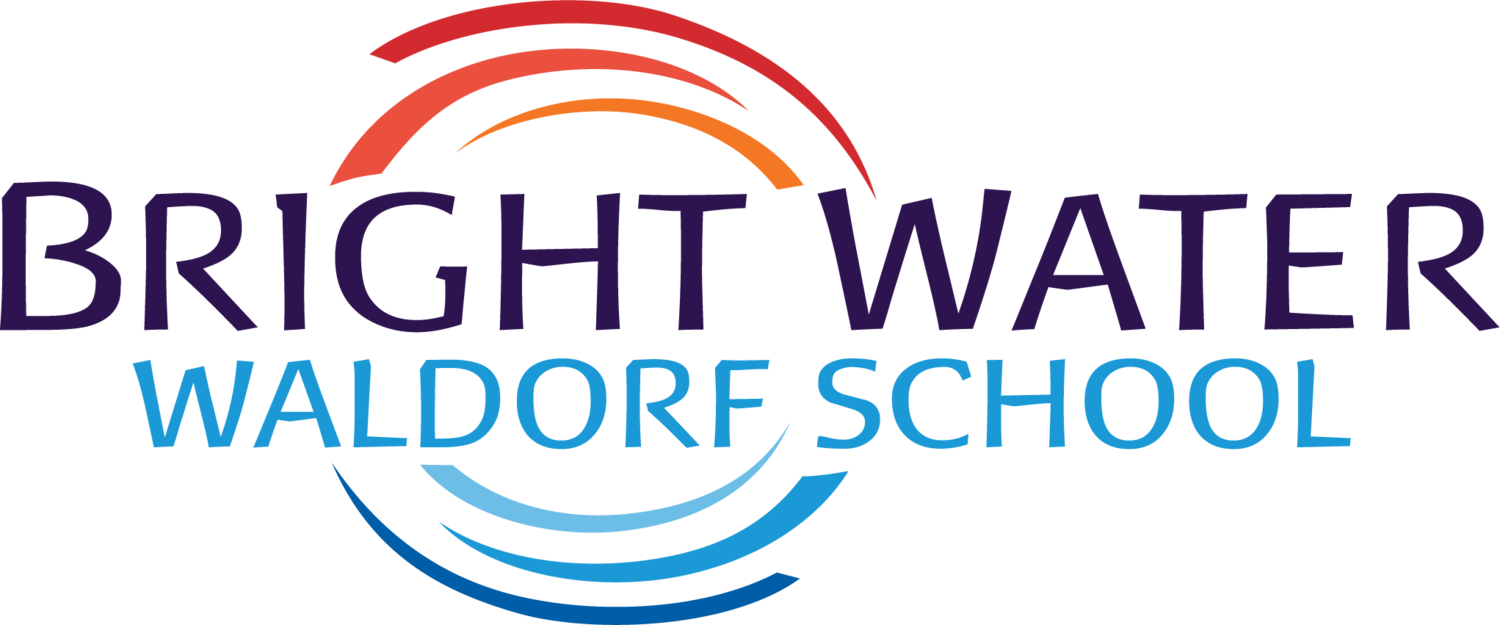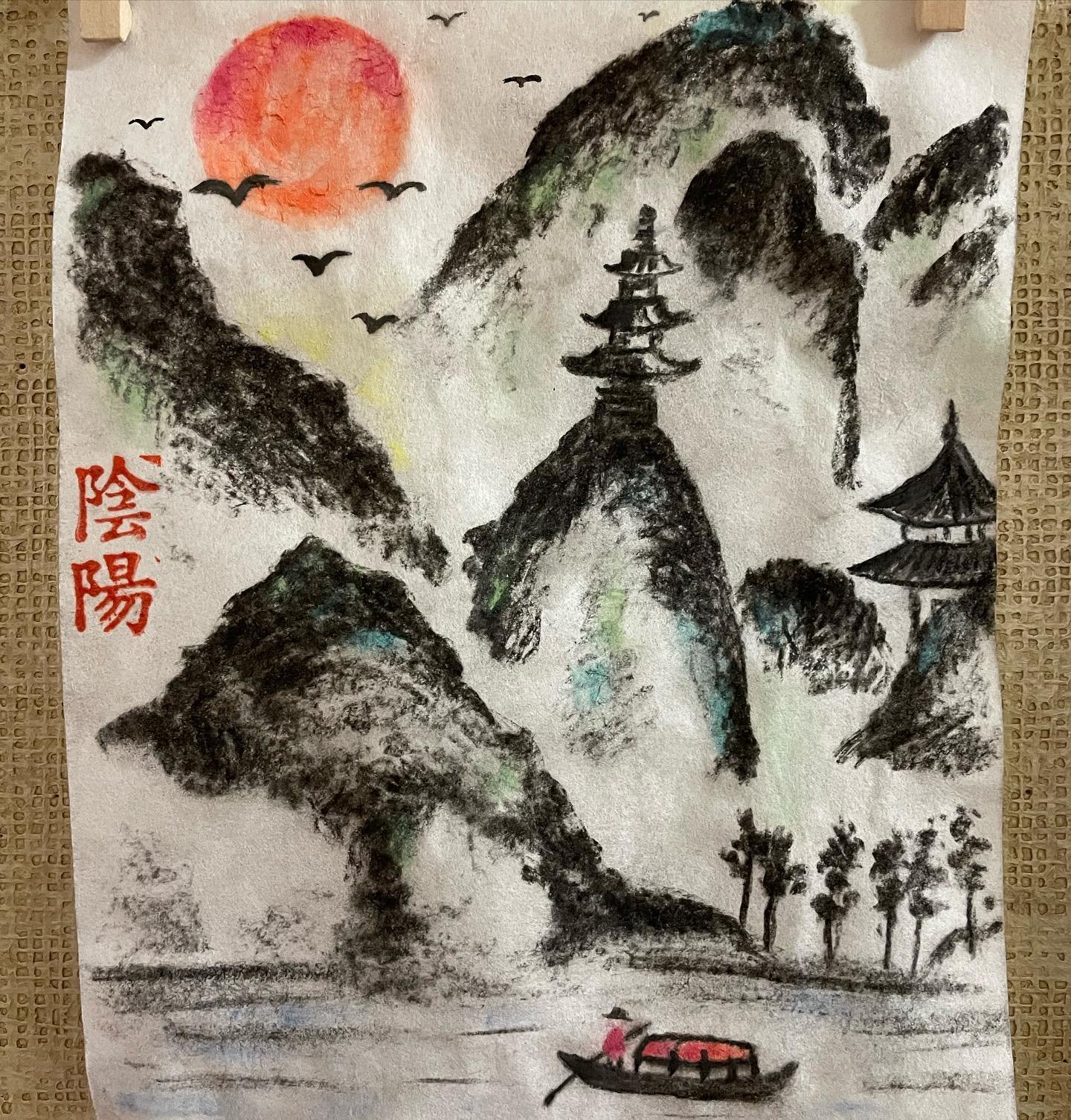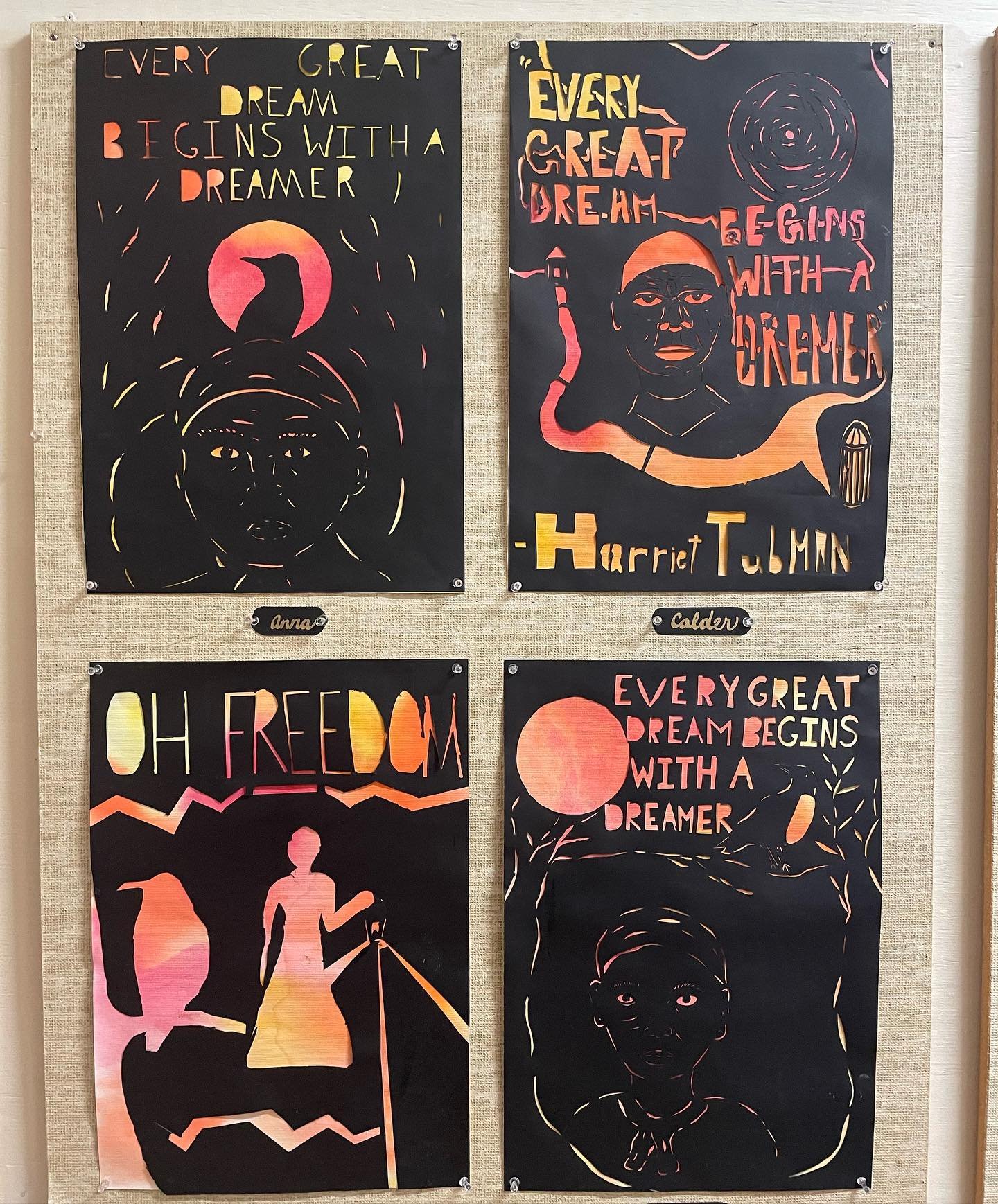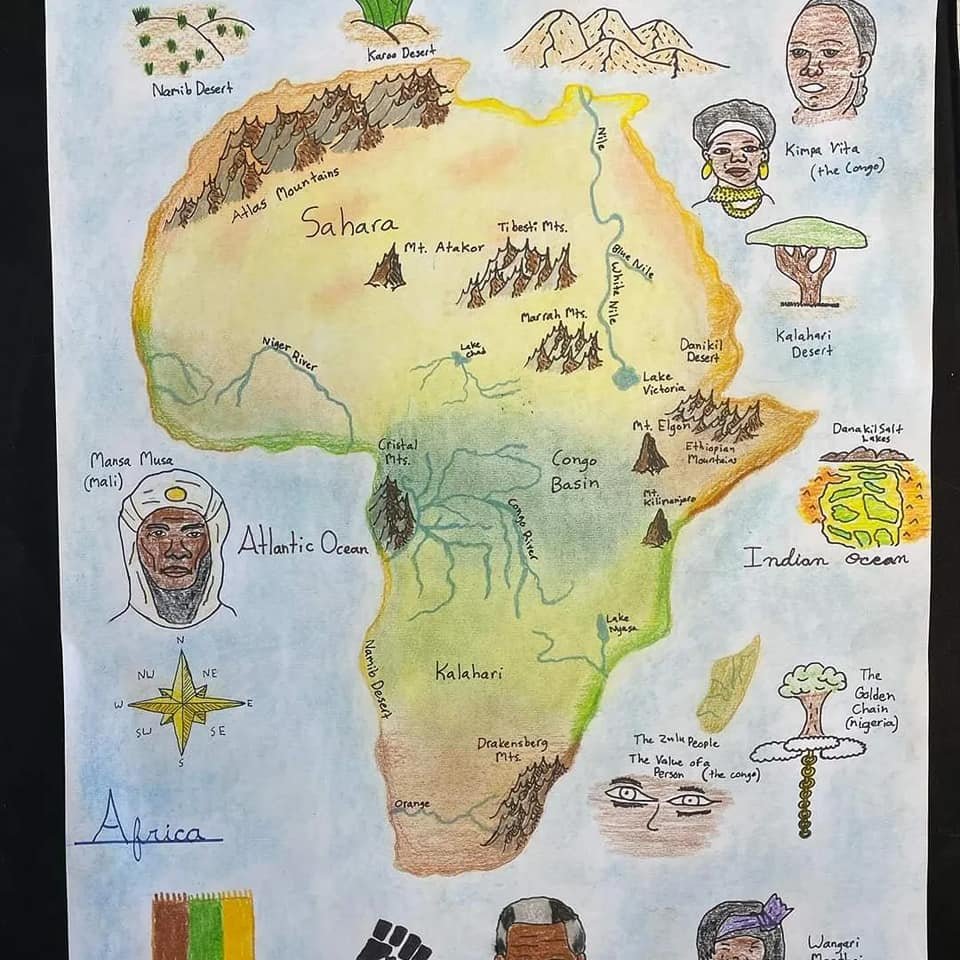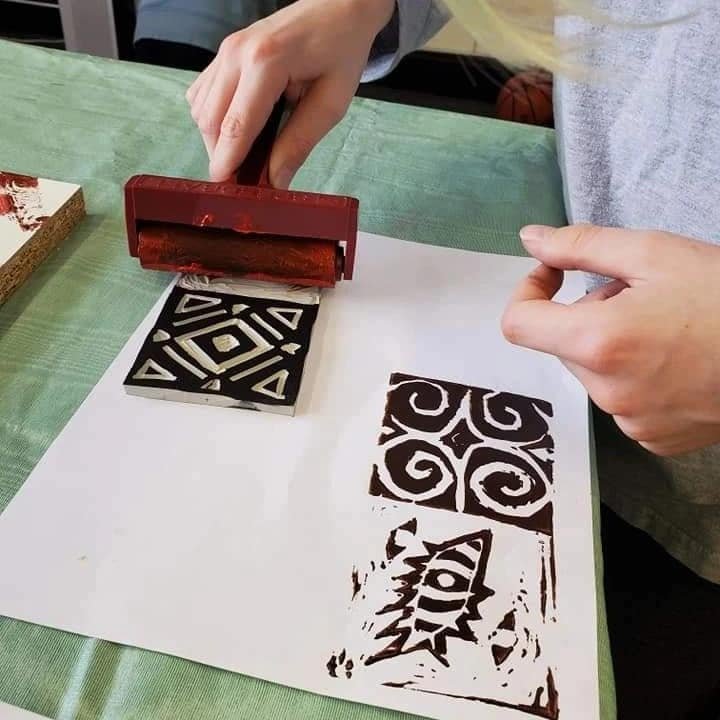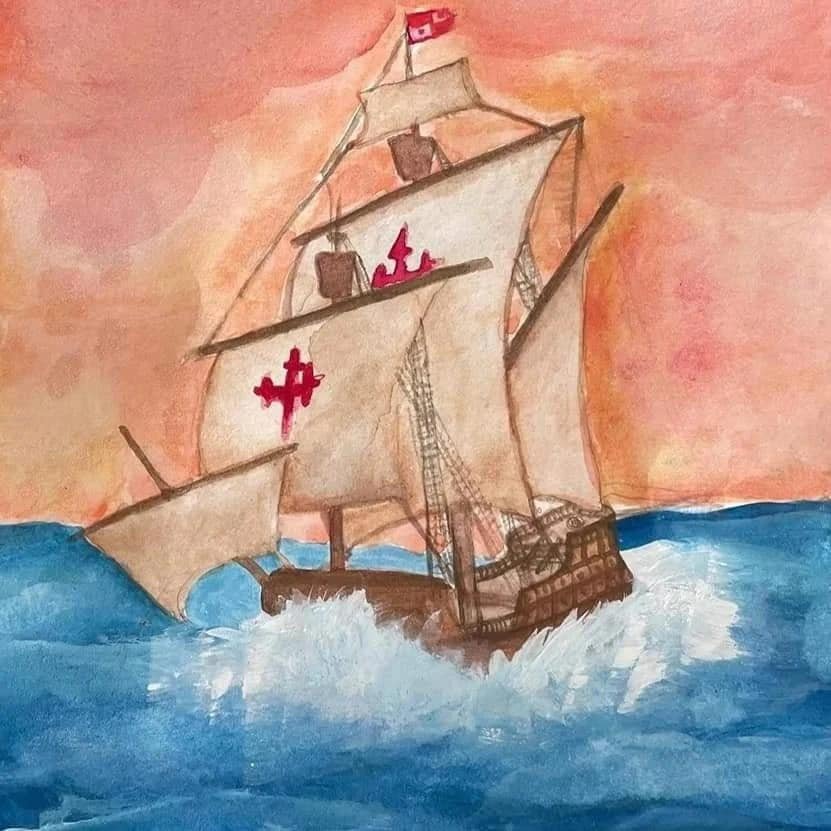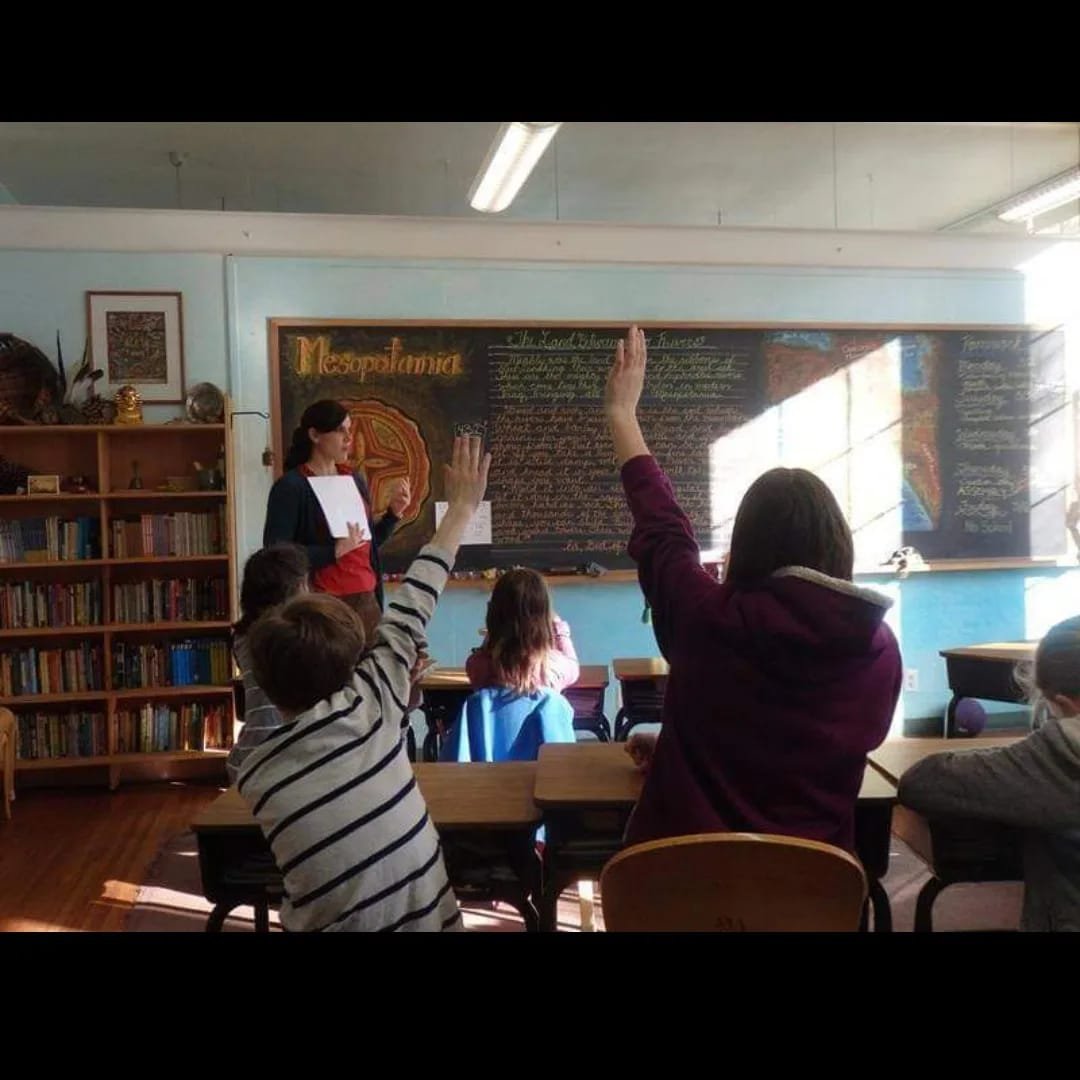Grade Seven
GRADE SEVEN LEARNING OBJECTIVES
MAIN LESSON SKILLS
Transitioning from Feeling-Based Curriculum to Thinking-Based Learning and Higher Academics, Becoming Full and Active Participant, Discovering Creative Voice
LANGUAGE ARTS
Grammar and Composition, Creative Writing, Essays, Spelling, Reading, Report Writing, Note Taking Skills, Researching, Drama, Poetry, Quotations
LITERATURE & HISTORY
Reformation, Renaissance, The Age of Exploration, Arthurian Legends, Historical Novels, Biography, Stories of Indigenous Life
MATHEMATICS
Ratios, Negative Numbers, Inequalities, Pre-Algebra, Geometry
WORLD GEOGRAPHY
Cultural World Geography, Map Reading,
SCIENCES
Physics (Visual,Warmth,Electrical and Mechanics, Chemistry (Combustion/Acids and Bases) Human Physiology (Nutrition)
PHYSICAL EDUCATION
Team Sports, Aikido, Middle School Track Meet
WORLD LANGUAGE
Japanese and Spanish (Conversational, Grammar, Reading, Vocabulary)
HANDWORK
Hand Sewing Soft Sculpture - Exploring Human Form, Doll Clothing Design
PRACTICAL ARTS
Woodworking (Concave Spoon Forms, Mechanical Toys/Puppetry)
MUSIC
Recorder, Singing, Orchestra, Chorus (Motets, Madrigals, Music of Renaissance), Band (Options for Wind or Percussion Instruments Introduced)
The seventh-grade curriculum themes mirror the students’ outer exploration of the world and inner journey. They are met with more rigorous intellectual content. History lessons explore the dramatic shift in human consciousness from the concept of an earth- centered universe to that of a planetary system with the sun at its center. The Renaissance, along with the Reformation and Age of Exploration, is the historical focus for this turbulent year. Twelve- and thirteen-year-old students question, argue, rebel, and study the lives of men and women who argued and questioned and thereby changing the world. Students study biographies of people who struggled with existing authorities and social institutions to bring about the changes that led to the birth of art and science in the Renaissance. Art and science flourish in the seventh-grade classroom as they did in the Renaissance. Students enter into perspective drawing and study the human body along with masters Leonardo, Michelangelo, and Raphael. The students sail with explorers out of known lands into unknown territory.
In Astronomy, students learn how Copernicus and Galileo began a new age of science. Students chart the sun, moon, and stars using the geometry skills learned in sixth grade. In Math, the students discover the Fibonacci Sequence and the Golden Mean as they expand their imagination in order to learn to think in new ways. The squaring, cubing, and square roots of numbers are all worked with. The work to balance equations has a relationship to the fulcrum from our physics study and the finding of balance in oneself. Algebra helps the students formulate questions in their process of inquiry.
Physics focuses on optics, mechanics and electromagnetism. The block ends with a study of mechanics and the six simple machines: wedge, screw, lever, wheel, pulley, and inclined plane. Chemistry is introduced with the study of combustion. Experiments are done in which organic and inorganic substances are subjected to burning, and the students observe this process, noting the color of the flame, the smell, and the residue of the ash. Exploration of the properties of acids and bases and the study of the limestone cycle, including firing and hydration, conclude this introduction to the science of matter. Physiology lessons cover digestion, circulation, respiration, and reproduction. Discussions on topics of nutrition and hygiene raise students’ awareness of the benefits of positive body image and healthy life style. Students in Grades 7 and 8 have the opportunity to become CPR certified.
In Language Arts, classes focus on essay writing, creative writing, grammar, and research skills. The class works to develop different forms of expression in writing through the study of "Wish, Wonder, and Surprise." Assignments in dictation and composition are continued, along with a continued work on spelling.
In Handwork students felt slippers. In Woodwork, students make wooden toys with moveable parts. Daily life in the seventh grade has its moments of turbulence, exploration, and discovery. As students assert their independence, they look for examples of earnest striving in the adults around them. Teachers guide seventh graders toward the recognition of their own talents and capacities.
Subject Classes
Math
Seventh grade math at Bright Water is taught by a math subject teacher. The class meets four times per week. The goals of the class are to build on concepts of sixth grade math such as percent and decimal work, ratios work, and basic geometry, as well as introduce further pre-algebra and beginning algebra I work.
The deeper goals of the class are the achievement of quantitative reasoning, mathematical deciphering (interpreting information through math), and general mathematical thinking strength (ability to find creative ways to problem solve mathematically – other than given by teacher or the resource). Much of math class is also aimed at helping students achieve general clarity of mind (now and into the future); this clarity is afforded by doing the regular work of math that contains clear, finite answers, and by the simple “purity of idea” that math contains.
The resources used in seventh grade math are the Making Math Meaningful Sixth Grade Workbook, by Jamie York, Singapore Math workbooks and differently sourced worksheets. Teacher-generated assignments are also given. The teacher works with many resources (Waldorf and non-Waldorf based) for assistance in lesson planning. Math is taught through curriculum stories, anecdotes, and practical examples.
Spanish or Japanese
In the seventh grade, students have elected one foreign language to take three days a week. The intimate environment and additional weekly class allow for increased exposure to the language and culture.
While the students still absorb the language through conversation and greetings, music and literature, they also work with basic grammar, including various tenses as well as sentence structures of the language. They read, write, and manipulate verbs and adjectives. Students produce more independent work, both written and oral. Main lesson curriculum and expectations are reinforced through the target language. Once a month, the middle school students have sharing class with students studying Japanese to stay connected with the language and culture they fostered in elementary grades.
Handwork
In seventh grade, the students enter the artistic flourishing of the Renaissance and the rebellion of the Reformation both in the curriculum and in their own development. They discover their incredibly diverse aesthetic capabilities as well as their own awakening powers of thinking and protesting. In Handwork, the curriculum awakens the intellect through working willfully and creatively. By making felted slippers, the students become aware of the anatomy of their feet and use embroidery designs to enhance the asymmetrical shape of the slippers.
Woodwork
Woodworking lessons promote dexterity and skill. In addition, the rhythmically repeated movements and exercises using the hands help to strengthen the will and the capacity for logical thinking. Woodworking lessons have a practical purpose and awaken a social awareness for the work of other people. Respect for the source of material is the first stage of individual responsibility for the environment and resourcefulness. Physics in seventh grade includes an introduction to mechanics. In woodworking, students apply what they have learned by making moveable objects.
Movement
The seventh-grade student has the strength and flexibility to move quickly from one activity or role to another. Movement is expressed through their ligaments and tendons, giving a more supple approach. Seventh graders are ready for the challenge of competitive sports beyond the previous school year; they are capable of an individual standpoint enabling them to take a position of overseeing the game and its tactics. The seventh grader has a relationship with space, their own, their classmates’ and the game’s, that creates a positive experience with sport.
Games and activities included in the seventh-grade year may be chasing and tagging games, cooperative games, ball games, games with more complex rules than the previous year, tussling games and games with props (rackets, bats, etc.). The seventh grader also devotes much of their class time to preparations for the 7/8 Grade Track Meet. Events include running (100m to the mile), javelin throwing, the discus, shot put, and long jump.
All students continue a weekly Aikido practice that is held within the J’s large Dojo.
Strings ensemble or Band
Band
Students in grades 7 and 8 expand on the basics covered in beginning Band. They work from "Standard of Excellence Book 2", and "Essential Technique Book 3", to improve range, technique, sound, reading, and musicality. They play a variety of musical styles, from classical to jazz, popular, and movie music. They are graded on participation/ focus, conduct, playing and practice; students are to keep a practice record which is initialed by a parent. Students perform in school assemblies and in the spring as an orchestra.
Strings
Most students come into the 7/8th grade Orchestra knowing how to the play in the first position. They have learned basic bow techniques and, additionally, most of them know how to produce a fairly good sound on their instrument. They have knowledge of how to read music.
There are three main goals for the 7/8th grade students.
1. Individual skill: In the 7/8 grade Orchestra, students work on improving their facility on their own instrument by learning new skills (such as shifting out of first position) and learning new bow techniques so they can produce a variety of sounds. We work very hard on sound production and intonation.
2. Music Reading: To become skilled in music reading one needs to spend a lot of time doing it. To expand their music reading skills (and, as an added bonus, their appreciation and knowledge of music history), the students are introduced to several different styles of music this year in Orchestra. They play music from the Baroque, Classical, and Romantic eras as well as some Contemporary music. Some sight reading is included.
3. Ensemble skills: Students will learn the skills of playing in an ensemble. Prior to the 7th grade, most of the music played by the students was either in unison or in two parts. In Orchestra they play pieces in at least 4 parts. They learn how to listen to what others are playing while still being able to competently play one’s own part. They learn how to watch the conductor and play their instrument at the same time.
All students are given the chance to be leaders of their section. They also have the opportunity to play a solo if they wish. Opportunities to perform in front of an audience occur throughout the school year.
Environmental Education
Curriculum Trips
In the 7th grade, the students take a more extensive camping trip that includes nature experience often combined with a ropes course and team building exercises. A multi-day trip to eastern Washington for backpacking and stargazing supports the astronomy block.
